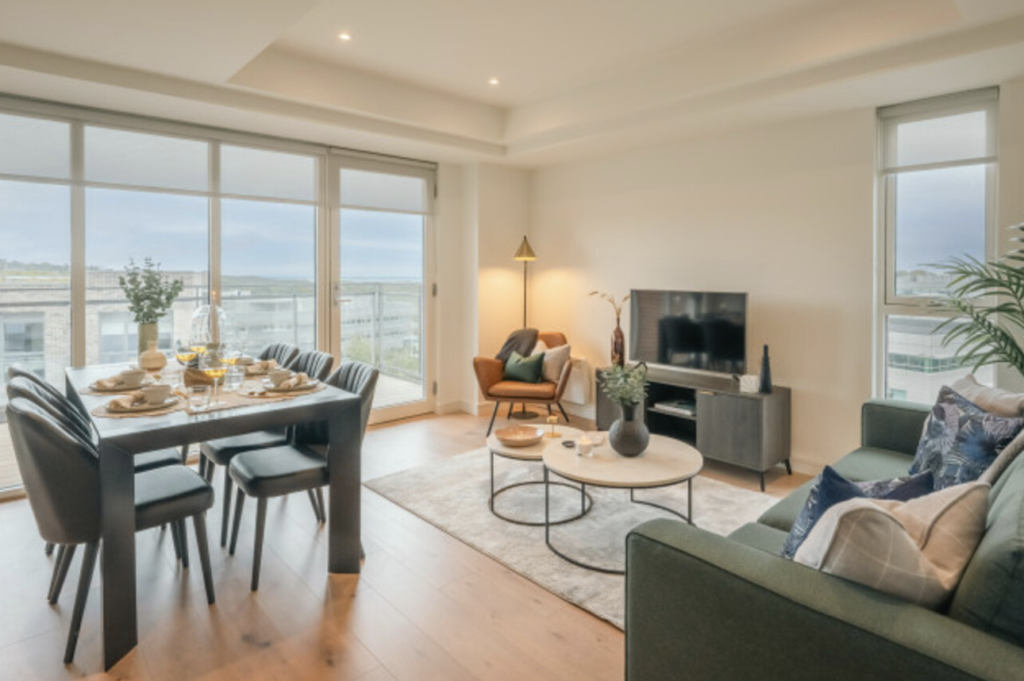New tenants are paying more than hundreds of euro more rent per month than those with existing tenancies, according to the latest figures from the Residential Tenancies Board (RTB).
According to their latest Rent Index Report, the standardised average rent nationally for an existing tenancy between April and June of this year was €1,332.
That compares to €1,574 for a new tenancy - a difference of 18.2% or €242 per month.
Heretofore, the RTB Rent Index was based on new tenancies only.
The data also show that rents being paid by existing tenants are rising at a slower pace than those faced by new tenants.
Rents for existing tenancies grew by just 5.3% compared to the same quarter last year, and 1.1% compared to the previous three-months.
However, rents for new tenancies rose by a record 11.6% between April and June, compared to the same three months last year, while versus the first quarter of this year they were up 5.2%.
The comparison between new and existing tenancies has been made possible by the introduction last year of a requirement for tenancies to be registered on an annual basis, which means rents for existing tenancies as well as new ones are now being captured for the first time.
"The production of an index that can track rent developments in all rents across the private rental sector is a major step forward," said Director of the RTB, Niall Byrne.
"Information is now available for sitting tenants which was not available in the previous Rent Index Reports."
"The RTB, in conjunction with the ESRI, is committed to publishing, and further developing, the new tenancy and existing tenancy rent indices."
"Over time, these indices will provide strong evidence and deeper insights into the private rental sector for the benefit of policymakers and the public."
He added that the extra new data will help the RTB to fulfill its obligations of ensuring compliance and enforcement with rental rules.
As a result of the ongoing increase in rents, the Government has designated the Shannon Local Electoral Area and the Administrative Area of Westmeath County Council as Rent Pressure Zones (RPZs) from today onwards.
This limits rent increases in the affected areas to 2% a year by law.
The data shows that there were 10,673 new tenancies registered in the second quarter of the year, down from 16,155 during the same quarter last year.
In Dublin, the standardised average monthly rent for a new tenancy was up 10% year-on-year to €2,102, compared to €1,225 outside of the capital, where it climbed by 11.7%.
In the Greater Dublin Area (GDA) excluding Dublin itself, the average standardised rent for a new tenancy was €1,525, up 11.5% on the same period in 2022, while outside the GDA, it was €1,167, an increase of 11%.
County Dublin saw the highest average monthly rent during the quarter at €2,102, while County Leitrim recorded the lowest, at €879.
On an annualised basis, the lowest growth in the standardised average rent in new tenancies in the period was in Laois and Waterford, where new tenancy rents grew by 8.3% and the highest was in Longford, at 27.4%.
Twenty counties had annualised growth in new tenancy rents above 10%.
35,888 existing tenancies were renewed over the three-month period.
The standardised average monthly rent for these renewals in Dublin was €1,767, up 5.5% year on year, while outside of Dublin it was €1,018, a rise of 4.7%.
In the GDA excluding Dublin, it was €1,288 having climbed 2.6% over the year, while outside the GDA it was €973, up 5.4%.
Nationally 26.8% of new tenancy rents were over €2,000, compared to 13.5% of rents for existing tenancies.







